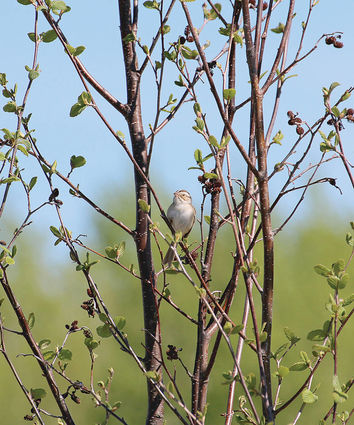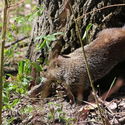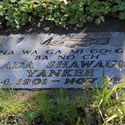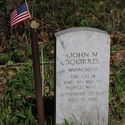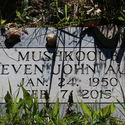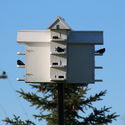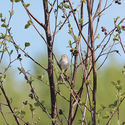On The Mark: Birders delight in nearby refuge
May 29, 2020
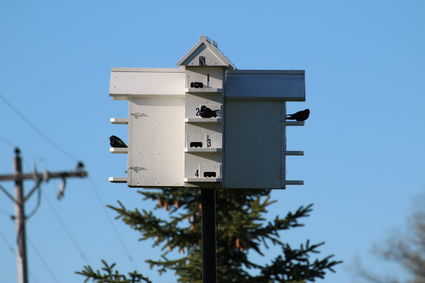
Ann Markusen
Purple martins make themselves at home in the Rice Lake National Wildlife Refuge, thanks to one placed there by staff. It is a good time to visit the refuge as the bird activity ramps up
May is a spectacular month for birding in our part of Minnesota. Not just in numbers, but variety, artistry and antics.
In April, the early birds touch down for a visit on their way north: snow buntings, pine siskins and fox sparrows among them. And sandhill cranes, yellow-bellied sapsuckers, and trumpeter swans, some remaining.
May welcomes the colorful warblers, ruby-throated hummingbirds, diving snipe and
speed-demon swallows swooping over water for insects we cannot see.
On mornings not stormy or too windy, sun preferred, I load up my sedan with binoculars, camera with zoom lens, the eighth edition of National Geographic's "Field Guide to the Birds of North America," notepad, cup of warm coffee, canteen of water and my bifocals - heading for a great place to observe birds.
The Rice Lake National Wildlife Refuge is just a few miles west of the Carlton County line. With miles of gravel roads, it hosts the Rice River, Rice Lake, smaller lakes and streams, marshlands, abutting farmland, open prairie and second- and third-growth forests. It's free to visit.
If I can entice a birding companion, I bring her along. She helps spot birds and records them for mulling over later. My cousin Martha Markusen is my favorite, but she's not always back to Minnesota from the southwest early enough.
Last Tuesday, I spent most of the morning there. Pulling into the refuge, I was thrilled to see at least a dozen purple martins inhabiting the 30-foot high multiple-occupancy house the refuge staff maintains for them. I stopped to watch them swoop around, deep blue flashes of light and feathers. They were busy mating and nesting, heedless of COVID-19.
The next stretch of the road runs toward Rice River and hosts marsh-loving and noisy nesters: sedge wrens with their soft zee-zee-zee.
Near the river, tree swallows swoop between wires and nest boxes, chattering all the while and zooming over the river to bring nest materials and insects to their broods under the bridge.
The fast-running river and small gravel parking lot always offers abundant glimpses of birds. In trees and hedgerows, I enjoyed a catbird's mimicking, a boblink's bubbly call, and yellow warblers high up calling tsee-tsee-tsee. On the river itself, I was treated to a clear view of trumpeter swans engaging in a sustained mating dance.
Detouring to the Rice River dam, I hiked downriver to photograph a Canada goose family with seven little ones.
Back on the main drag, all fresh gravel, I stopped to watch two kit foxes. Then, as always, I climbed up to the Indian Cemetery to pay tribute to the men and women buried there, our East Lake neighbors.
In the adjacent trees, a redstart continually called and finally offered me a good photo.
I never skip the North Bog Trail. It requires patience, but I have seen many wonderful birds here. One year, a young porcupine posed, stuck atop a bare tree in full view. In the spring, there are throngs of ducks here. May is Warbler Month, though I already missed the pine and palm warblers passing through. Low to the ground, the woods are full of ovenbirds nesting and kerchunking, and higher up, black and white warblers and rose-breasted grosbeaks flit about noisily.
I never miss the drive out to the viewing stand on Rice Lake either. Few ducks were visible on the broad and shallow lake on such a windy day. For years, the refuge staff have maintained a high platform for the magnificent osprey. A female was nesting on it. I didn't see her mate. But since she's hung around for the last few weeks, I'm hopeful there will be little ones.
On the way out, I surprised a woodchuck, a beauty. She wasn't fast but hustled across the road and hid in a hollowed-out tree trunk. I got out of the car and quietly followed her, landing a couple of photos.
Ann Markusen is an economist and professor emerita at University of Minnesota and a lover of the great outdoors. She lives in Red Clover Township.


